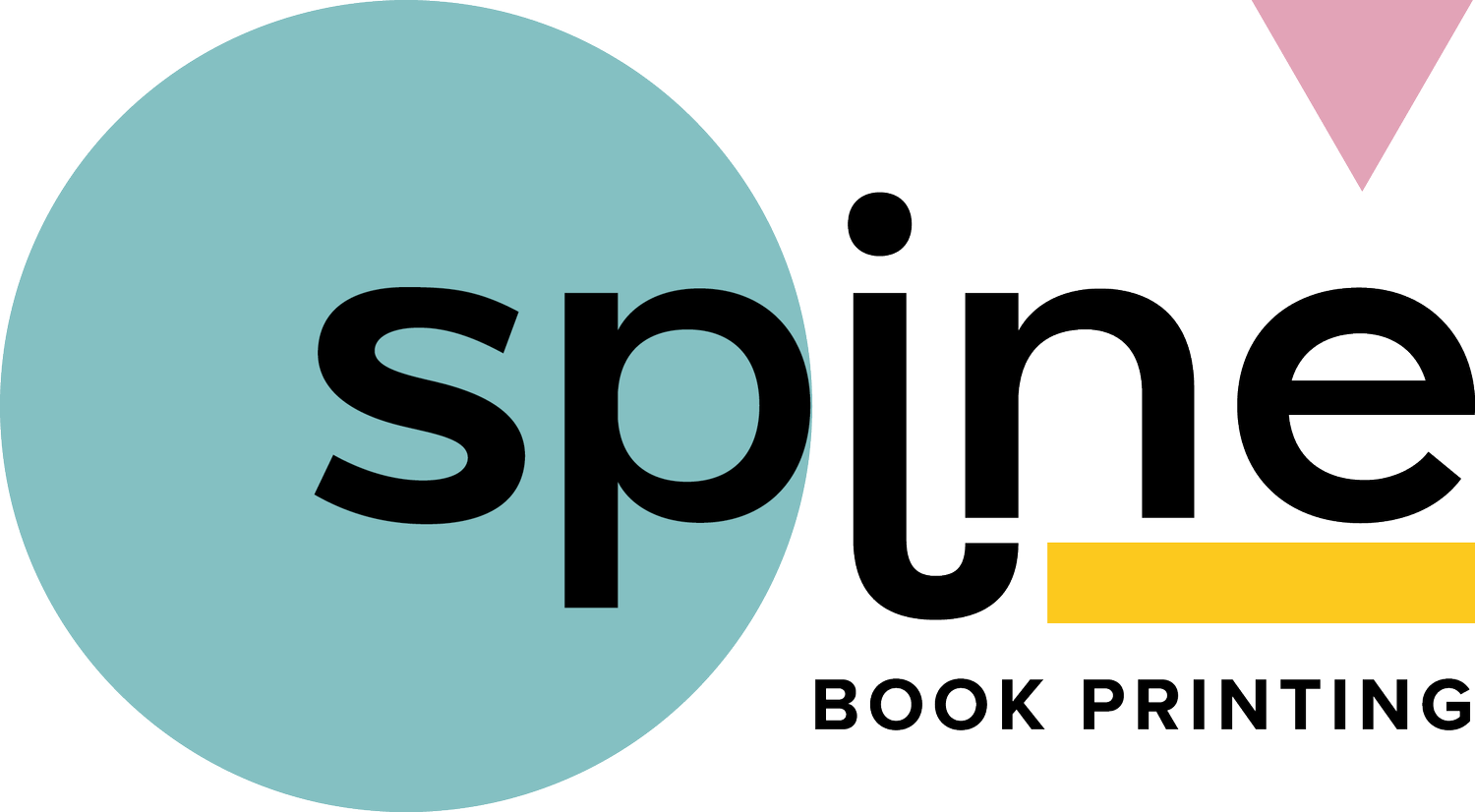Eco-Friendly Printing Options: Sustainable Solutions for Self-Published Authors
As the world grows increasingly conscious of the environmental challenges we face, many industries are adopting sustainable practices and eco-friendly alternatives to help mitigate their ecological impact. As a self-published author, it's worth considering how the printing process for your book may contribute to this global concern and exploring environmentally-friendly options that align with your values while still ensuring a high-quality printed product. Embracing sustainable printing practices not only benefits our planet but can also enhance your book's appeal to environmentally-conscious readers.
In this informative guide, we will delve into the world of eco-friendly printing options and sustainable solutions available to self-published authors, discussing the benefits and features of environmentally responsible alternatives to traditional printing practices. By considering factors such as paper choice, ink types, and production methods, our objective is to provide you with valuable insights into how you can minimise your book's ecological footprint without sacrificing quality or aesthetics.
Furthermore, understanding the growing trend towards sustainability in both the publishing and consumer markets can help you better position your book for success. Demonstrating a commitment to eco-friendly practices may not only bolster your reputation as a socially responsible author but also create positive visibility and differentiate you from competitors in the marketplace. As a self-published author looking to make a difference and reach a wider, more eco-conscious audience, embracing sustainability in your printing choices is a step in the right direction.
Allow us to guide you through the exploration of sustainable printing options and innovative eco-friendly practices, enabling you to make well-informed choices that align with your values, cater to your readers' preferences, and contribute to the collective effort towards a greener future.
1. Choosing Sustainable Paper Options
The choice of paper can significantly impact the environmental footprint of your printed book. By opting for eco-friendly paper alternatives, you can contribute to the reduction of deforestation and carbon emissions associated with traditional paper manufacturing processes. Consider the following sustainable paper options:
Recycled paper: Produced from post-consumer waste, recycled paper minimises the need for virgin tree pulp while conserving natural resources and energy. Ensure that your choice of recycled paper is certified by organisations such as the Forest Stewardship Council (FSC) or Programme for the Endorsement of Forest Certification (PEFC) to guarantee ethical and sustainable sourcing.
Alternative fibres: Paper made from alternative fibres such as bamboo, hemp, or agricultural waste can offer a lower environmental impact compared to traditional tree pulp. These sustainable options generally require fewer resources to cultivate, have shorter growth cycles, and produce less waste during processing.
2. Utilising Eco-Friendly Inks and Print Processes
Opting for more sustainable inks and printing technologies can also contribute to a greener printing process. Consider implementing the following eco-friendly practices:
Vegetable-based inks: Composed of renewable resources such as soy, linseed, or corn oil, vegetable-based inks have a minimal ecological impact compared to petroleum-based inks. Additionally, vegetable-based inks are both biodegradable and emit fewer volatile organic compounds (VOCs), improving air quality during printing.
Digital printing technology: Unlike traditional offset printing, digital printing requires fewer materials and generates less waste due to its on-demand nature. By producing only the desired quantity of books, digital printing minimises waste while promoting resource efficiency and energy conservation.
3. Minimising Production Waste and Energy Consumption
The adoption of efficient production workflows and conservation practices further enhances the sustainability of your printing process. Implement the following strategies to minimise waste and energy consumption:
Waste reduction: Examine the production workflow for potential areas of waste, such as overprint and excess materials. Efficiently utilise paper, ink, and other resources to reduce waste and optimise productivity.
Energy conservation: Integrate energy-saving practices, such as turning off machines when not in use and using energy-efficient equipment, to minimise energy consumption and contribute to a more sustainable production process.
4. Partnering with Eco-Friendly Printers and Suppliers
Collaborating with printers and suppliers that value sustainability and implement eco-friendly practices can ensure your book's production aligns with your environmental objectives. Evaluate potential partners by considering their environmental certifications, practices, and policies:
Environmental certifications: Look for printers and suppliers with certifications such as the ISO 14001 (Environmental Management System) or EMAS (Eco-Management and Audit Scheme) to confirm their commitment to sustainability.
Sustainable practices: Assess the printer's usage of recycled or alternative fibre paper, vegetable-based inks, energy-efficient equipment, and waste reduction strategies to understand the extent of their sustainable practices.
Environmental policies: Evaluate your potential partner's environmental and ethical policies to determine if their values align with your own. Consider their communication and transparency regarding their environmental impact, sustainability goals, and eco-friendly initiatives.
As a self-published author, embracing eco-friendly printing options and sustainable practices not only contributes positively to the environment but can also help to differentiate you from competitors and appeal to a growing market of environmentally-conscious readers. By carefully considering your paper choices, ink types, production methods, and partnerships with eco-friendly printers and suppliers, you can create high-quality printed books that reflect your commitment to sustainability.
At Spine Book Printing, we can help you explore innovative, eco-friendly book printing for self-publishers that align with your values, enhance your book’s appeal to a wider audience, and support the global movement towards a greener, more sustainable future.

